Introduction
In today’s fast-paced digital landscape, businesses are increasingly turning to intelligent bots to enhance customer experiences and streamline operations.
Among the most impactful are Geo and Gpt bot, each serving distinct yet complementary purposes. While Geo bots use real-time location data to offer personalized services and navigation, GPT bots leverage advanced natural language processing (NLP) to engage customers in human-like conversations.
According to a report by Grand View Research, the global chatbot market is expected to reach USD 1.34 billion by 2025, growing at a compound annual growth rate (CAGR) of 24.3%.
This highlights the significant rise in demand for both Geo and Gpt bot in various industries. Whether it's enhancing customer service or improving operational efficiency, understanding how these Geo and Gpt bot function and work together can empower businesses to make more informed decisions, driving innovation and growth.
Let's dive deeper in the following sections.
What are Geo and Gpt Bot?
Geo and Gpt bot serve distinct purposes, catering to different business needs. A geo bot is a location-focused tool designed to provide services and information based on a user's physical location.
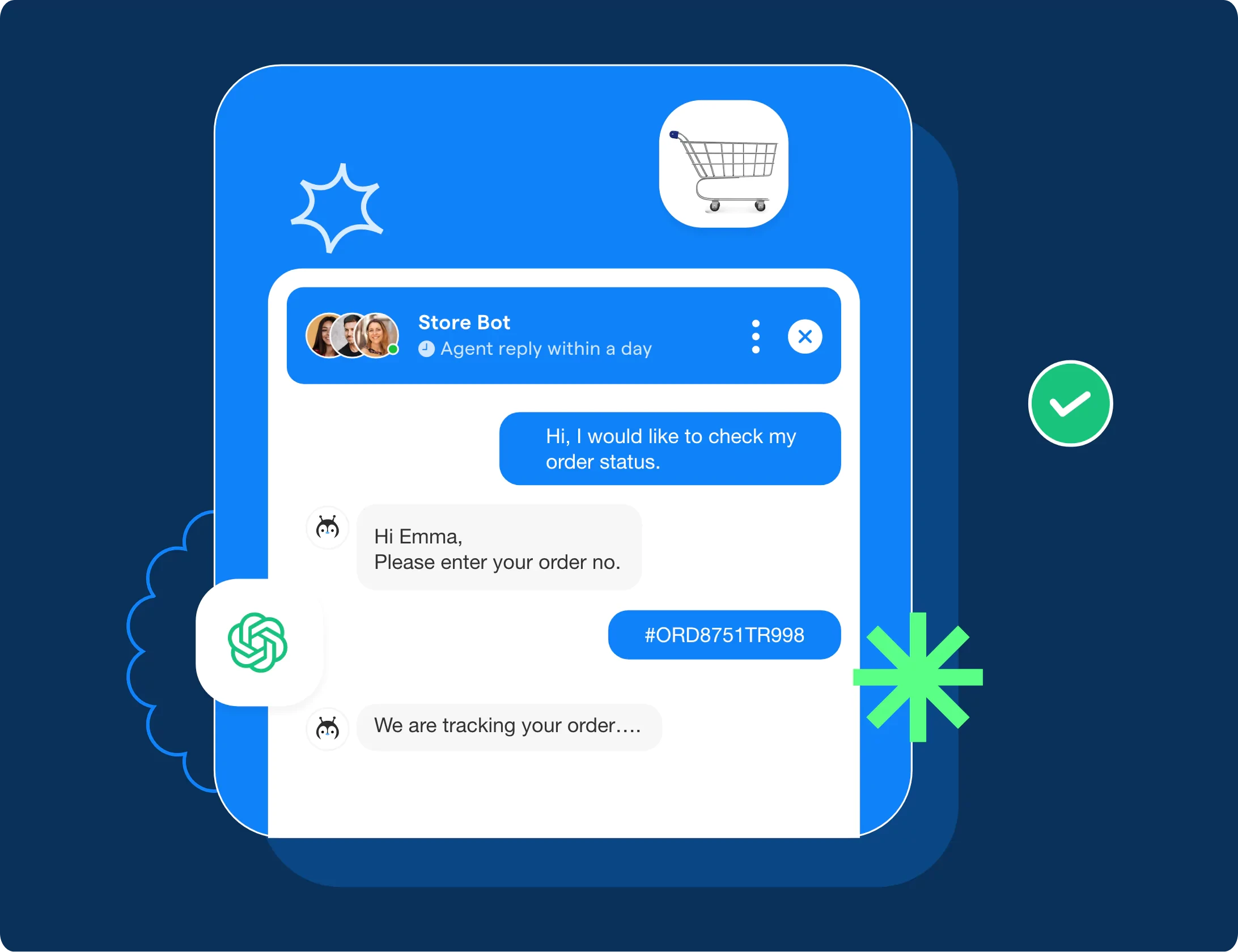
For example, a geo bot might alert users about discounts at nearby stores or help travelers navigate unfamiliar cities.
In contrast, a GPT bot leverages advanced natural language processing to simulate human-like conversations. A GPT bot can handle diverse user inquiries, resolve issues, or even write product descriptions seamlessly.
When comparing Geo and Gpt bot, the decision hinges on your goals. Geo and GPT bots bring unique strengths, geo bots specialize in real-time, location-based assistance, while GPT bots focus on intelligent, context-aware interactions. Understanding these differences is essential to selecting the right tool for your business.
How Geo Bots Work
A geo bot operates by leveraging location-based data from sources like GPS, Wi-Fi, and cellular networks. It tracks a user’s location in real time and uses this information to deliver highly relevant services or trigger location-specific actions.
For instance, a geo bot could notify a customer about a nearby gas station during a road trip.
Key Features and Capabilities
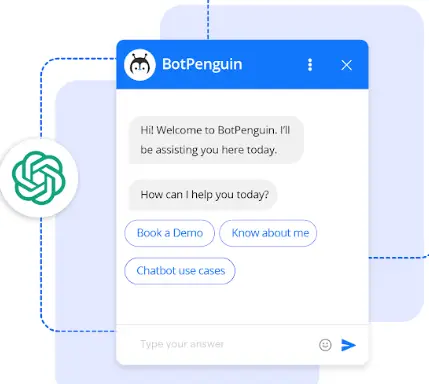
Geo bots offer a wide array of features that make them invaluable for location-specific tasks. These include
- Real-time tracking: Constantly updates the user’s location for accurate responses.
- Geofencing: Automatically triggers alerts or actions when entering or leaving designated areas.
- Custom notifications: Sends messages tailored to specific location-based scenarios.
- Data integration: Connects with mapping, weather, or traffic services to provide comprehensive insights.
- Personalization: Delivers location-relevant recommendations based on user behavior and preferences.
These capabilities highlight how geo bots excel in creating personalized, efficient, and location-driven user experiences.
Real-World Applications of Geo Bots
Geo bots are transforming industries by integrating real-time location insights into everyday operations. Here are a few practical examples
- Search and Rescue Operations: In emergencies, geo bots assist rescue teams by pinpointing locations and tracking movements.
For instance, during natural disasters like hurricanes, geo bots help teams coordinate efforts and locate stranded individuals.
- Environmental Monitoring: Geo bots monitor air quality, track wildlife migrations, or assess water levels in flood-prone areas.
For example, environmental researchers use geo bots to detect harmful pollutants in urban areas and implement timely countermeasures.
- Autonomous Vehicles: Geo bots are integral to self-driving cars. They guide vehicles using real-time location data, ensuring safe navigation and route optimization.
Tesla’s autopilot feature, for example, relies heavily on geo bot technology to detect obstacles and adjust routes.
- Logistics and Supply Chain Management: In logistics, geo bots streamline delivery processes by tracking shipments in real time.
Companies like Amazon use geo bots to update customers on delivery status while optimizing routes for efficiency.
How GPT Bots Work

A GPT bot (Generative Pre-trained Transformer) is powered by cutting-edge AI technology that enables it to understand and generate human-like language. These bots learn from vast datasets, including conversations, articles, and documents, to identify patterns and context.
By leveraging this knowledge, a GPT bot can interpret user inputs, grasp intent, and respond in a way that feels conversational and natural.
For instance, a GPT bot could help a business handle customer inquiries or even draft a product description.
Over time, these bots improve by analyzing the data they interact with, becoming smarter and more accurate. This self-learning capability makes them versatile for a wide range of tasks, from assisting users in real-time to creating content.
Key Features and Capabilities
Here are the standout features that make GPT bots a powerful tool
- Natural Language Processing (NLP): They generate responses that mimic human conversation.
- Contextual Understanding: They remember past interactions to provide contextually relevant replies.
- Scalability: Handle multiple interactions simultaneously, making them perfect for high-traffic environments.
- Multi-Language Support: They communicate fluently in various languages, aiding global users.
- Continuous Learning: Over time, GPT bots improve their responses by analyzing user interactions.
These features make GPT bots an invaluable asset for industries requiring efficient and intelligent automation.
Real-World Applications of GPT Bots
GPT bots are transforming businesses across industries. Below are some of the most impactful applications
Customer Service and Support
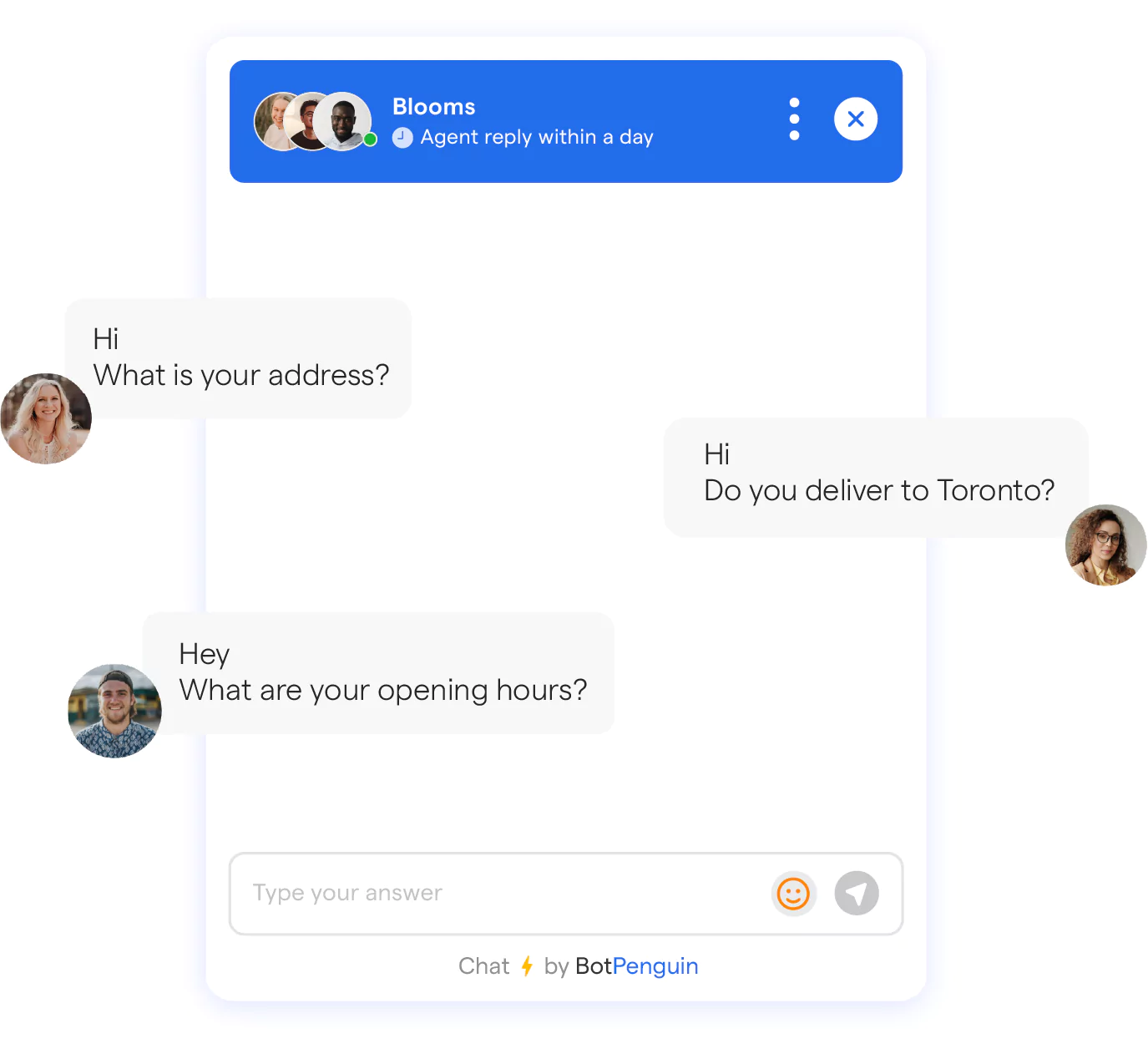
A GPT bot can handle repetitive customer queries, provide troubleshooting steps, and guide users through processes 24/7.
For example, companies like Shopify employ GPT bots to assist with FAQs, allowing human agents to focus on complex cases. This improves efficiency and customer satisfaction.
Content Creation and Marketing
Businesses use GPT bots to generate engaging content in seconds. From crafting email campaigns to writing blogs, these bots help maintain a steady content flow.
For instance, e-commerce platforms leverage GPT bots to create personalized product descriptions tailored to customer preferences.
Language Translation
A GPT bot simplifies communication for global businesses by translating text quickly and accurately.
For example, multinational companies use GPT bots to bridge language gaps in customer interactions, ensuring seamless support across regions.
Research and Data Analysis
Researchers and analysts rely on GPT bots to sift through large datasets and summarize findings.
For example, in healthcare, GPT bots help professionals extract critical insights from medical journals, expediting research timelines and improving outcomes.
Comparing Geo and GPT Bots
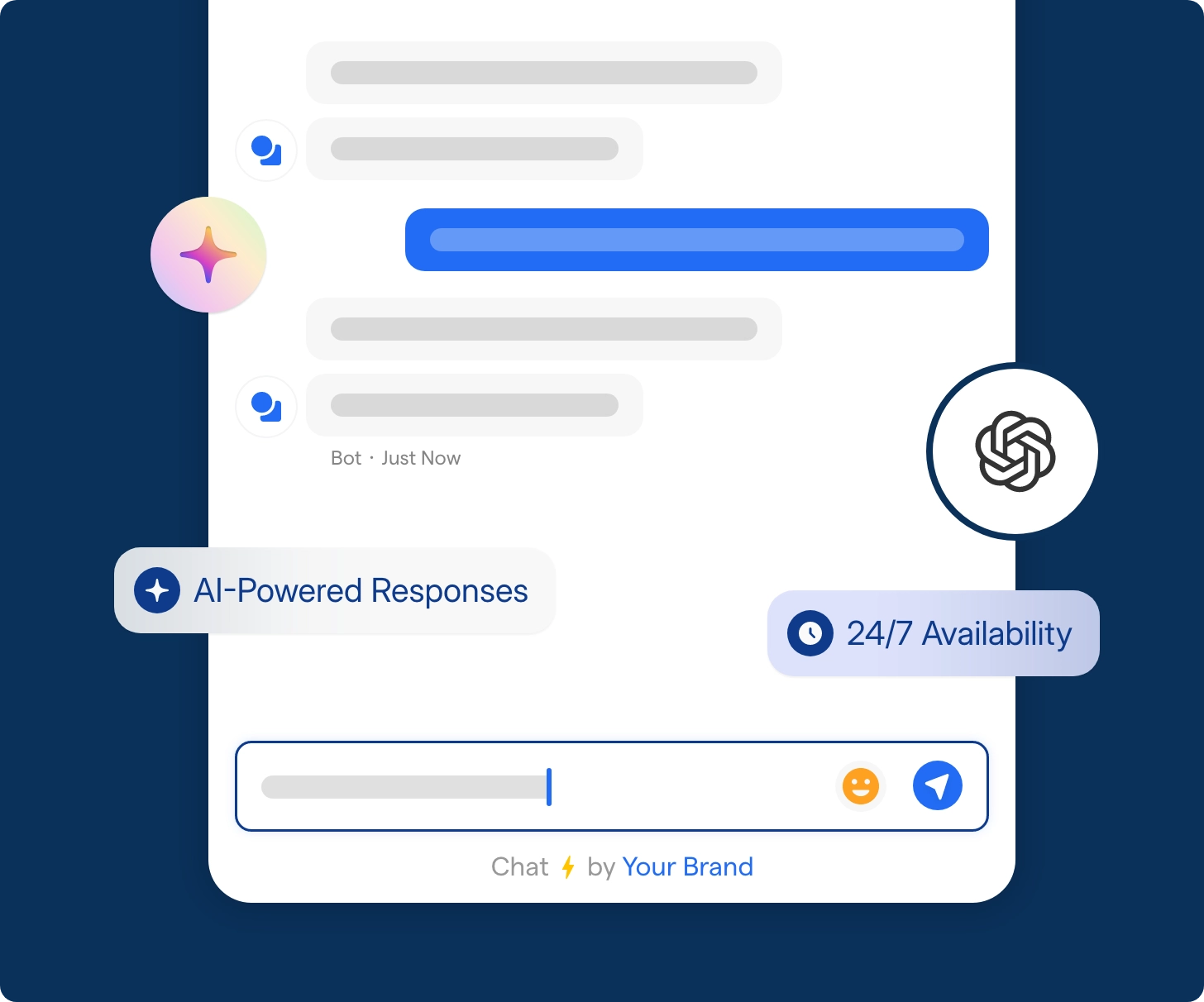
Both Geo and Gpt bot are designed to tackle unique challenges, offering distinct advantages in their respective domains.
While Geo bots excel in leveraging location data for real-world applications, GPT bots are masters of language and conversation. Core Capabilities of Geo and Gpt bot
The Geo bot and GPT bot shine in different areas. Let’s dive into their core features and explore how they address specific problems.
Understanding the Physical World with Geo Bots
A Geo bot operates by collecting and analyzing location-based data, enabling real-time interactions with the physical world. Its key features include
- Real-time Location Tracking: Provides live updates by monitoring user locations through GPS and cellular signals.
- Geofencing: Executes actions when users enter or leave predefined zones, such as sending alerts for nearby store promotions.
- Navigation and Routing: Offers directions and optimal routes for seamless travel.
- Local Data Integration: Displays nearby points of interest like restaurants or landmarks.
- Environmental Monitoring: Tracks weather, traffic, or terrain changes to enhance decision-making.
For example, a Geo bot used in logistics can optimize delivery routes by analyzing live traffic conditions, reducing delays and fuel consumption.
Processing and Understanding Language with GPT Bots
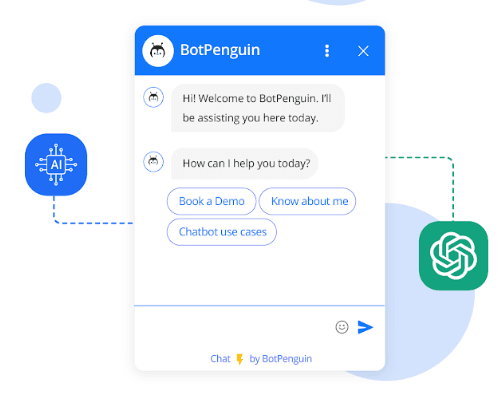
A GPT bot is designed to interpret and generate human-like language, making it indispensable for communication-driven applications. Its key capabilities include
- Natural Language Understanding (NLU): Deciphers the intent, context, and tone of conversations.
- Text Generation: Produces detailed responses, emails, or even entire articles based on prompts.
- Conversational Memory: Retains context from earlier interactions for smoother, personalized communication.
- Multilingual Support: Engages users across different languages, ideal for global businesses.
- Data Summarization: Processes vast datasets to deliver concise, actionable insights.
For instance, an e-commerce company might use a GPT bot to handle customer inquiries in multiple languages, providing 24/7 support without increasing operational costs.
Limitations and Challenges
While both Geo and Gpt bot bring incredible value, understanding their limitations helps you make informed decisions.
Geo Bot Limitations
- Signal Dependency: Relies on strong GPS or network signals; poor connectivity reduces accuracy.
- Limited Scope: Primarily focuses on location-based tasks, making it unsuitable for broader use cases
- Privacy Concerns: Users may hesitate to share location data due to security risks.
- Integration Complexity: Incorporating Geo bots with mapping systems and data sources can be technically challenging.
- High Resource Usage: Continuous tracking requires significant computing power and data.
GPT Bot Limitations
- No Real-World Interaction: Unlike Geo bots, a GPT bot cannot interpret or utilize physical data like location
- Bias Potential: Reflects biases from training datasets, which may lead to inaccuracies.
- Challenges with Complex Queries: Struggles to handle highly technical or niche questions.
- Computational Demands: Requires extensive resources for operation and training.
- Input Dependency: Outputs heavily depend on the clarity and quality of user inputs.
Which Bot is Right for You?
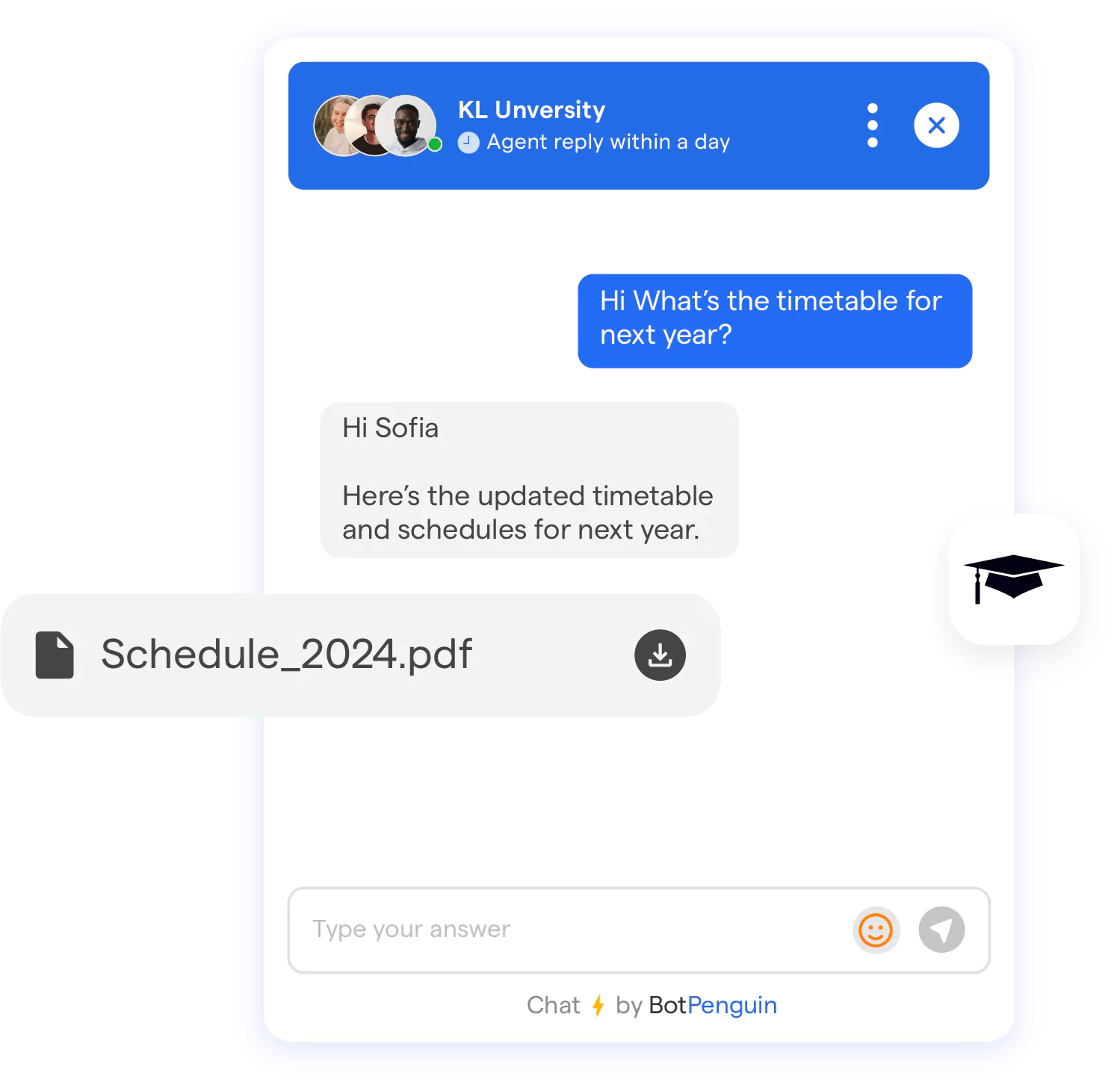
The choice between a Geo bot and a GPT bot boils down to your specific needs. A Geo bot is ideal for industries like logistics, retail, and travel, where real-world interactions matter.
On the other hand, a GPT bot is perfect for customer service, content creation, and research tasks requiring natural language understanding and interaction.
For example, if your business operates food delivery services, a Geo bot would be invaluable in optimizing delivery routes.
However, if your focus is on enhancing customer communication, a GPT bot could provide intelligent, personalized support to your users.
The Future of Geo and GPT Bots
The future of Geo and Gpt bot lies in their ability to complement each other, creating systems that combine the power of location-based data with advanced conversational intelligence.
By integrating the strengths of both Geo and Gpt bot, these technologies can offer dynamic, responsive solutions that enhance user experiences across various industries.
Combining Forces
The synergy between Geo and Gpt bot opens up a wide range of possibilities.
From improving real-time decision-making to offering highly interactive services, this combination is set to revolutionize how users engage with AI-powered systems.
Enhanced Search and Discovery
The combination of Geo and Gpt bot can transform how users search for and interact with nearby services.
For example:
- A Geo bot tracks your location in real-time, pinpointing nearby restaurants or attractions.
- A GPT bot facilitates a conversation, helping you refine your preferences, such as cuisine type, price range, or ambiance.
This integration makes searches more personalized and interactive, streamlining decisions while improving the user experience.
Whether it’s finding a quiet café for work or a fun spot for family dining, the combined power of these bots offers seamless and intelligent assistance.
Advanced Autonomous Systems
In fields like autonomous vehicles, combining Geo bot and GPT bot technologies can significantly improve functionality, The Geo bot continuously monitors real-time traffic, road conditions, and navigation routes.
The GPT bot interprets voice commands, responding with tailored suggestions or updates on the journey.
For instance, a self-driving car could leverage a Geo bot for location accuracy while using a GPT bot to engage with passengers, providing real-time updates, answering questions, or even offering route alternatives. This blend ensures efficient and human-like interactions for better travel experiences.
Personalized User Experiences
When it comes to personalization, combining Geo and Gpt bot creates unparalleled user interactions.
- A fitness app could use a Geo bot to monitor your running route in real-time.
- Simultaneously, a GPT bot offers live feedback, motivation, or route suggestions based on your performance.
This dynamic duo can cater to individual preferences, providing a human-like and context-aware experience that adapts to users’ evolving needs. From fitness tracking to travel assistance, the possibilities are endless.
Why Synergies Between Geo and Gpt Bot Matter
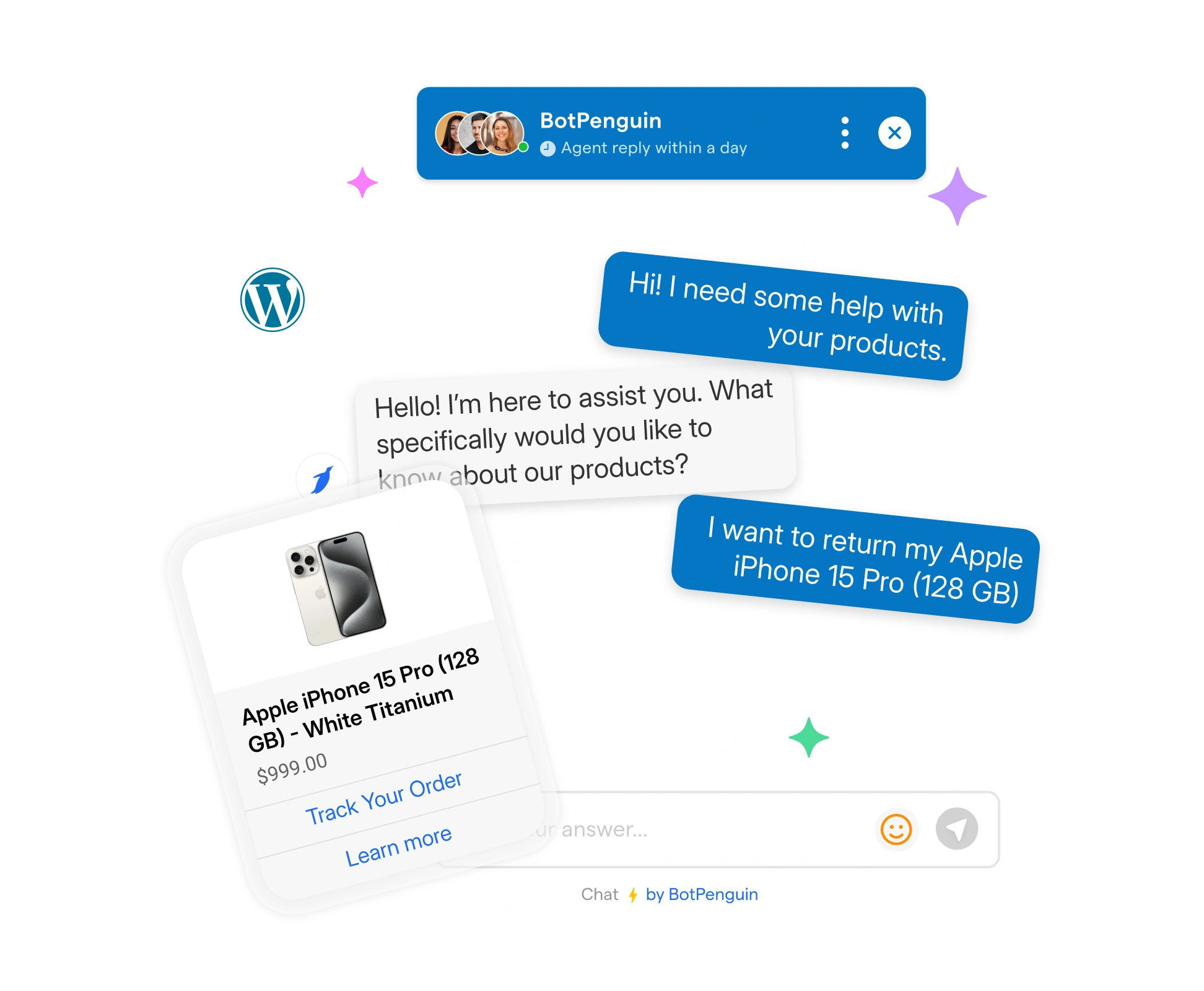
The integration of Geo and Gpt bot represents a new frontier in AI applications.
Businesses can harness the power of Geo bot location tracking alongside GPT bot natural language processing to create systems that are not only intelligent but also deeply interactive.
For example, a retail app can
- Use a Geo bot to guide customers to stores with specific deals nearby.
- Pair it with a GPT bot to engage in real-time conversations, answering queries about product availability or offering personalized recommendations.
Conclusion
Geo bots and GPT bots are transforming how businesses and individuals interact with technology. Geo bots bring real-world location intelligence, while GPT bots offer advanced conversational capabilities.
Together, they form a powerhouse of innovation, blending physical-world awareness with human-like communication to solve complex problems. Whether it’s finding the best local services, enhancing autonomous systems, or creating personalized user experiences, the possibilities are limitless.
By leveraging these technologies, businesses can unlock new opportunities, streamline operations, and deliver unmatched user experiences. Whether you’re exploring geo bot applications or seeking GPT bot-driven automation, combining these tools can give your business a competitive edge.
For businesses ready to dive into these advancements, platforms like BotPenguin provide the perfect solution to design and deploy intelligent bots that cater to your needs efficiently.
Start your journey with BotPenguin and experience the future of AI-powered automation today.
Frequently Asked Questions (FAQs)
In which applications is a Geo bot better than a GPT bot?
Geo bots outperform GPT bots in applications requiring precise location-based actions, like logistics tracking, proximity marketing, and navigation.
For example, a Geo bot can notify users about nearby deals or assist with route optimization in real-time.
What’s the advantage of using Geo and GPT bots together instead of separately?
Using Geo and GPT bots together provides a more comprehensive solution. While Geo bots handle real-time location data, GPT bots engage users conversationally.
Combined, they offer seamless experiences—for example, guiding a customer to the nearest store while answering their queries about products.
Which industries benefit the most from Geo bots?
Industries like logistics, retail, travel, and autonomous vehicles thrive on Geo bots. These bots enable efficient operations with features like real-time location tracking, route optimization, and geofencing.
How do GPT bots enhance customer service?
GPT bots provide human-like responses to customer inquiries, enabling businesses to handle multiple conversations simultaneously.
They streamline customer support by automating responses, reducing wait times, and offering consistent communication.
What are the limitations of Geo bots?
Geo bots rely on robust GPS or network connectivity for accuracy. They may face privacy challenges due to the collection and use of location data, necessitating transparent policies and user consent.
Should I block GPT bots from my website?
Blocking GPT bots depends on your business needs and privacy considerations. While GPT bots enhance user engagement and automate repetitive tasks, some websites may restrict them to protect sensitive data or maintain exclusivity.
Can Geo and GPT bots improve personalized marketing?
Yes! Geo bots can identify a user’s location, and GPT bots can craft tailored messages. Together, they create highly personalized marketing campaigns, such as offering time-sensitive discounts to customers near a physical store.
What are the benefits of Geo and GPT bots in eCommerce?
In eCommerce, Geo bots enhance delivery tracking and location-based offers, while GPT bots provide 24/7 customer support and product recommendations.



